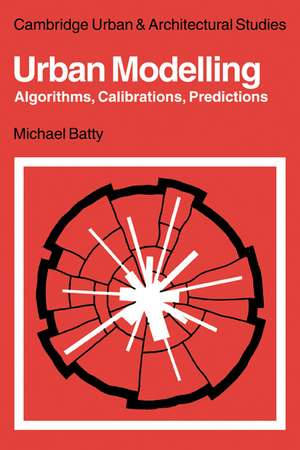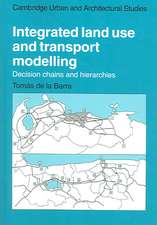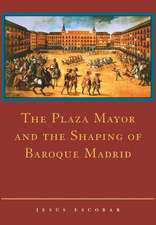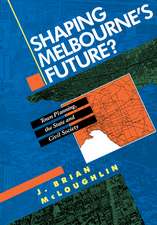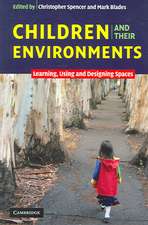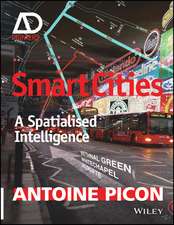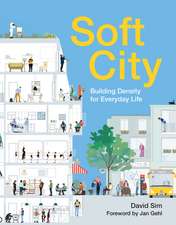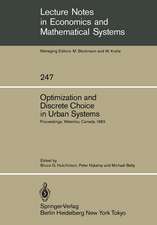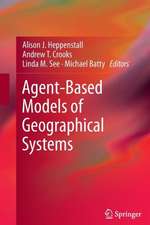Urban Modelling: Algorithms, Calibrations, Predictions: Cambridge Urban and Architectural Studies, cartea 3
Autor Michael Battyen Limba Engleză Paperback – 10 mar 2010
Preț: 325.16 lei
Nou
Puncte Express: 488
Preț estimativ în valută:
62.22€ • 65.43$ • 51.41£
62.22€ • 65.43$ • 51.41£
Carte tipărită la comandă
Livrare economică 17 aprilie-01 mai
Preluare comenzi: 021 569.72.76
Specificații
ISBN-13: 9780521134361
ISBN-10: 0521134366
Pagini: 408
Dimensiuni: 152 x 229 x 23 mm
Greutate: 0.59 kg
Editura: Cambridge University Press
Colecția Cambridge University Press
Seria Cambridge Urban and Architectural Studies
Locul publicării:Cambridge, United Kingdom
ISBN-10: 0521134366
Pagini: 408
Dimensiuni: 152 x 229 x 23 mm
Greutate: 0.59 kg
Editura: Cambridge University Press
Colecția Cambridge University Press
Seria Cambridge Urban and Architectural Studies
Locul publicării:Cambridge, United Kingdom
Cuprins
Preface; Acknowledgements; List of figures; List of tables; Introduction; 1. The art of urban modelling; 2. Models for generating and allocating urban activities; 3. Urban models as systems of equations; 4. Subregional model design: impact analysis; 5. Calibration and prediction with activity allocation models; 6. Exploratory calibration: search by golden section; 7. Calibration as non-linear optimisation; 8. Spatial system design and fast calibration of activity allocation models; 9. Hierarchical modelling; 10. Disaggregated residential location models; 11. Urban dynamics; 12. Dynamic simulation of an urban system; Conclusions; Bibliography; Author index; Subject index.
Descriere
Introduces mathematical models of urban phenomena relevant to scientists and planners attempting to understand and predict the form of cities and regions.
